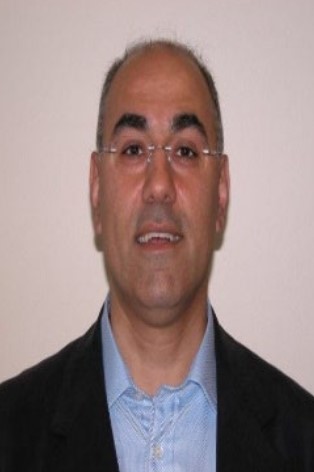Abstract
The increasing demand for more spectral bandwidth by the military, government, and commercial wireless industries is leading to explore the use of new spectrum bands, including Terahertz. To overcome the challenges of a radio frequency (RF) spectrum-scarce environment, several solutions have been investigated, including 1) more efficient re-use of available RF spectrum (e.g., multiple antenna systems; adaptive modulation and coding); 2) spatial and temporal re-use of available RF spectrum (e.g., cognitive radio [CR]); and 3) use of unlicensed bandwidth in the RF spectrum upper portion (e.g., millimeter wave; Terahertz). Among the many proposed and promising solutions, free space optical communication (FSOC) systems have gained an increasing interest for potentially overcoming RF spectrum scarcity. Advantages over traditional RF communication include higher bandwidth and higher capacity; sizeable, license-free spectrum; quick and easy deployment; reduced power, cost, and size; and better security. However, given its narrow light beam-width, free-space optics (FSO) is inherently a pointto-point communication technology whose state-of-the-art available systems do not support multiple-user coexistence. This talk will present methodologies and techniques for enabling heterogeneous multi-user FSO networks exploiting an optical-physical (O-PHY) and -multiple access control (O-MAC) cross-layer designs while satisfying the size, weight, and power (SWAP) demands of future optical wireless networks.



